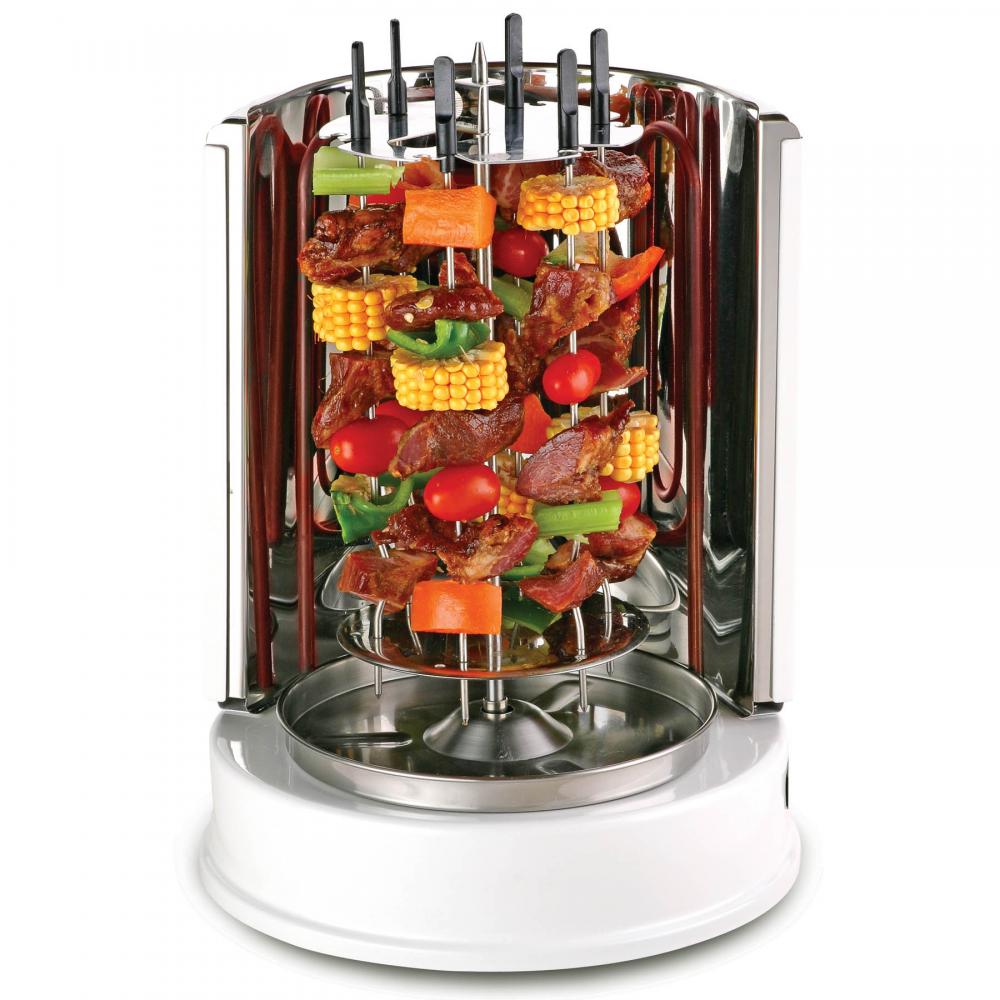Temperature treatment: The seeds of the current year were stored at room temperature for 6 months and then refrigerated for 15 days in 4e and 10e refrigerators. After 18 months storage at the next year, the seeds were refrigerated in a 4e refrigerator with 15 dos of light treatments: light and dark treatments were used. Agent treatment: seeds were soaked with GA3 at 500, 800, and 1000 mg/L respectively. Mechanical treatment: Seeds were punctured near the embryo, and seeds that had not been punctured under the same conditions were used as controls. Bud bed treatment: two kinds of paper bed and media processing. GA in the medium. The mass concentration was set to 1.0 and 0.5 mg/L 2 gradients.
Seed Sterilization: Seeds inoculated on the medium were soaked with HgC solution. The unpenetrated seeds were soaked with 3 mit1. The punctured seeds were soaked with 2 mit 1 and rinsed three times with distilled water. The vacuum seed counting instrument was used to place the seeds in a paper bed culture at room temperature. The tulip seeds in different years were stored at room temperature and stored at room temperature before refrigerated in 4e, followed by 500, 800, and 1000 mg/L GA in three concentrations. . The seeds were soaked in the solution for 12 hours and then cultured on the paper under conditions of puncturing near the embryos and under light. The paper bed cultures without puncturing seeds and darkness were used as controls, respectively; the culture temperature was 24}26e; each treatment 4 Repeatedly.
Culture medium under normal temperature conditions Two kinds of tulip seeds in different years were stored at room temperature and stored at room temperature, and then refrigerated for 4 days with 10e, 10e, and the seeds were punctured and cultured under light conditions; only room temperature storage was performed. Cultures without puncturing seeds and in dark conditions served as controls, respectively. GA in the medium. The mass concentration was 1.0, 0.5 mg/L, and the culture temperature was 24}26e. The treated seeds were sterilized with 0.1 mg/L mercury and sterilized on the medium; each treatment was repeated 4 times. According to the GB/T2930.4-2001 forage seed inspection protocol for the statistics of germination rate.
After the germination of the tulip seed was studied by the vacuum grain seeder, it was found that the bud bed had an effect on the germination of the seeds. The tulip seed was nearly triangular and the endosperm was very thin, similar to the colloid, which enabled the seeds to both germinate. Difficult to absorb quickly, and lack of adequate storage material, the use of the medium, on the one hand to ensure that the seeds in the germination process of nutrient supply, but also make the seeds can be sustained by the GA3 medium. Pricking seeds can significantly increase the germination rate of the seeds, indicating that the endosperm has a certain restraint or inhibitory effect on the embryo during seed germination. The growth potential of the embryo is not sufficient to break the mechanical bond from the endosperm and seed coat. This phenomenon also exists in other species of Liliaceae. It is a problem worthy of attention when studying the dormancy characteristics of plants.
1. An open structure of heating elements with half round stainless steel
reflectors for an optimal use of energy.
2. The Gyros will change direction automatice, if there is a force.
3. Removable and detachable parts for easy clean.
4. The particular broiling result is obtained by alternating heating and
cooling down. The meat fibres do not harden, and the gravy is flavoured
by the spices. This cooking mode results in very healthy meat.
5. The Vertical Grill allows broiling meat layers, shashlik, party sausages,
poultry and fish with few attachments.
6. The Skewers and Gyros go in opposite direction so that the food could
be heated more well.
7. Power: 1400W

Horizontal Design Bbq Grill ,Grill Big Chicken,Grill Pork Tenderloin Bbq,Grill And Bar Close To Me
Housoen Electric Manufacture Co., Ltd. , https://www.housoenappliances.com
